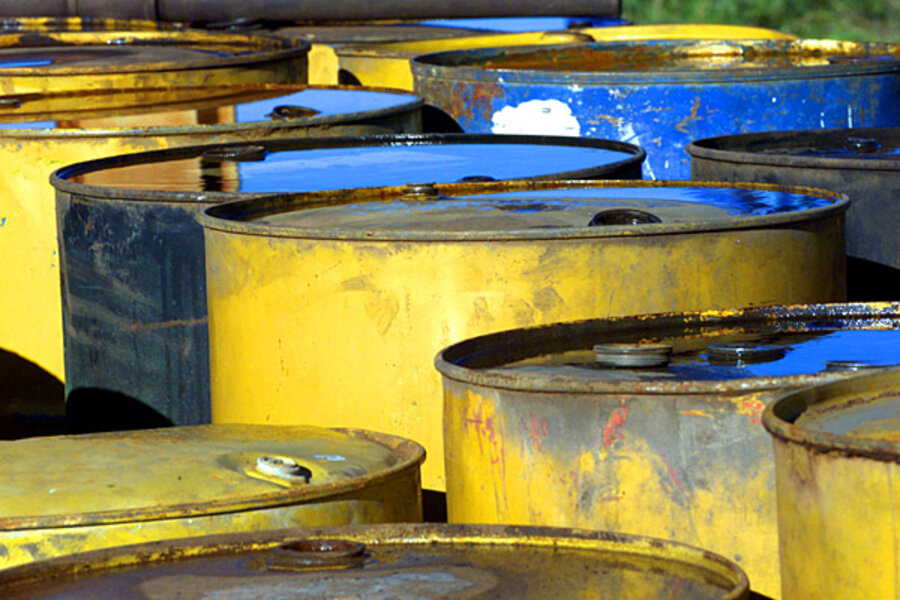Oil production in US hits highest level in 15 years
Loading...
Oil production in the United States rose last week to levels not seen since January 1997, helping the country to reduce dependence on foreign sources of crude as it continues to implement the drilling and fracking technologies needed to increase daily oil output. (See also: Are President Obama’s Policies Causing U.S. Oil Production to Rise?)
Reports from the Energy Department released this week show that overall crude output in the U.S. rose 3.7 percent to 6.5 million barrels per day by the week of September 21, a trend that has continued since the country met 83 percent of its annual energy needs from the beginning of the year through June. Should domestic oil production continue at its current rate, the United States will enjoy 2012 as its most self-sufficient year since 1991.
The increased production is a direct result of the new technologies being implemented by oil companies in an effort to extract crude in locations other than wells, including horizontal drilling and hydraulic fracturing (fracking); the same technology has taken American natural gas stock levels to new heights. (See also: How Much Oil Does the World Produce?)
“This has been driven by shale, and the two states leading the way are North Dakota and Texas,” said Andy Lipow, president of Texas energy consulting firm Lipow Oil Associates LLC. “It appears that over the next five years, U.S. oil production could climb to well over 8 million barrels a day.”
The rise in crude production in the U.S. has analysts predicting that oil prices will decline over the next six to nine months; already a growing natural gas stockpile pushed futures down to $1.907 per million BTU earlier in the year, its lowest point in the past 12 years. Increasing fuel production has many setting their sights on what is being dubbed the “reindustrialization” of the United States, an economic state that could see more than 3.5 million jobs created in the country by 2020 if domestic energy production continues at a high rate. (See also:The Effect of New Production Methods on U.S Oil Output)
Source: U.S. Oil Production Surges to Highest Level in 15 Years







